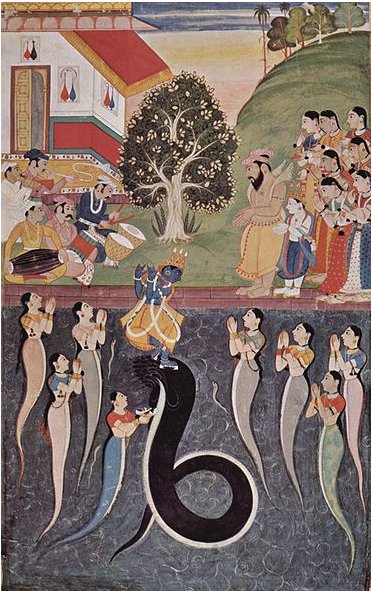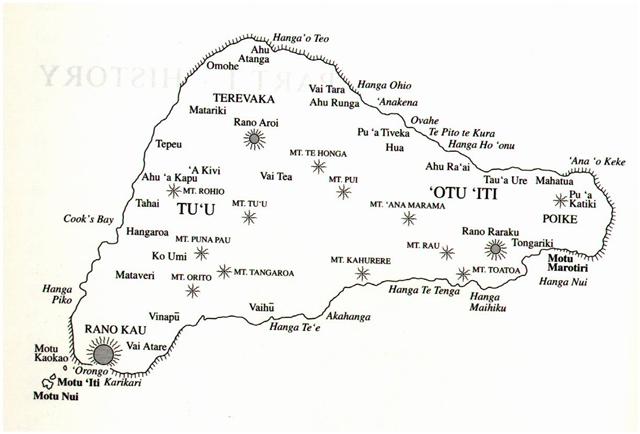3. My description of a stretch of limitless water in the south and an unsurmountable mountain in the north is the scenario from the Indian subcontinent, with the snowy Himalayas in the north and the mainland tapering off southwards into the ocean. From chapter Camp 5: ... The seven pilgrims meanwhile had set out upon their journey. They first wandered eastward, then southward, and then westward. Lastly they faced northward and crossed the Himalaya. Then they beheld before them a vast desert of sand and beyond it Mount Meru. One by one the pilgrims sank exhausted and expired, first Draupadi, then the twins, then Arjuna, then Bhima; but Yudhishtira, who never even looked back at his fallen comrades, still pressed on and, followed by the faithful dog who turns out to be Dharma (the Law), in disguise, entered Heaven in his mortal body, not having tasted death ... No part of India is south of the equator and my idea of a mirror land in the south is not nessecary. There is a 'hill' in the north where it is very cold and it ought to correspond to winter solstice. But there is no such hill in the south, only water. Therefore 'land' in the sky should end at summer solstice, where Sun has to turn around because 'sea' lies in front of him. He cannot move further down. Or can he? There seems to be a way down for Krishna:  This way evidently is the body of a great central water serpent (possibly corresponding to Hydra). The horizontal belt of the picture seems to have the halfyear up in the light (from winter solstice to summer solstice) above and the following halfyear down below, where the serpent rules among his 8 women. And the serpent's head is the little blue flute-playing Krishna. Sun rules only the 1st half of the year, the canoe-formed Moon rules the rest. In order to return Sun has to use his 'water serpent'. This Serpent is the prolongation of the Tree above, presumably corresponding to its root. I think this root represents the descendants ('those who go down') of the Tree, and we should remember the last words of the Sun King on Easter Island: ... The king arose from his sleeping mat and said to all the people: 'Let us go to Orongo so that I can announce my death!' The king climbed on the rock and gazed in the direction of Hiva, the direction in which he had travelled (across the ocean). The king said: 'Here I am and I am speaking for the last time.' The people (mahingo) listened as he spoke. The king called out to his guardian spirits (akuaku), Kuihi and Kuaha, in a loud voice: 'Let the voice of the rooster of Ariana crow softly. The stem with many roots (i.e., the king) is entering!' The king fell down, and Hotu A Matua died ... On Easter Island it must also have been quite clear which direction was 'uphill' - it was in the east, from where the newborn Sun arrived each morning. Also the other stars moved from east to west, and so did the currents in the sea and the clouds in the sky. All folled the law of gravitation moving downwards, from northeast to southwest. Poike is 'the place aloft' and the peninsula was in the same direction as the far away high Andean mountains. In the southwestern corner of the island was Rano Kau and on its rim Hotua A Matua had decided to die:
It was as if Rano Kau represented the watery hole of exit for the Sun King and as if the dry Rano Raraku on the slope of Poike was the pit (ana) from where he had risen:
(Map copied from Fischer's The Easter Island Script: History, Traditions, Texts.) |

